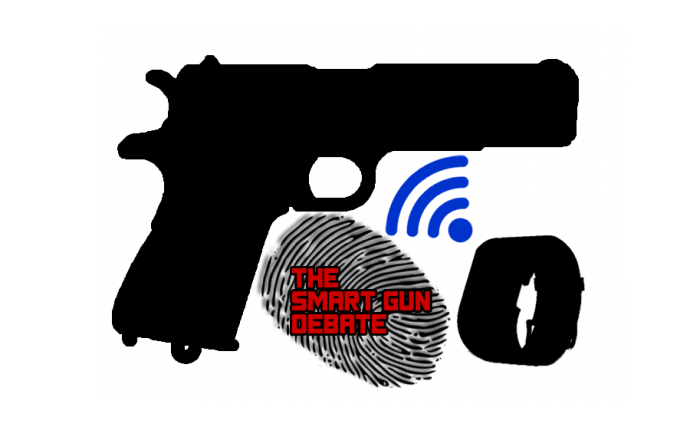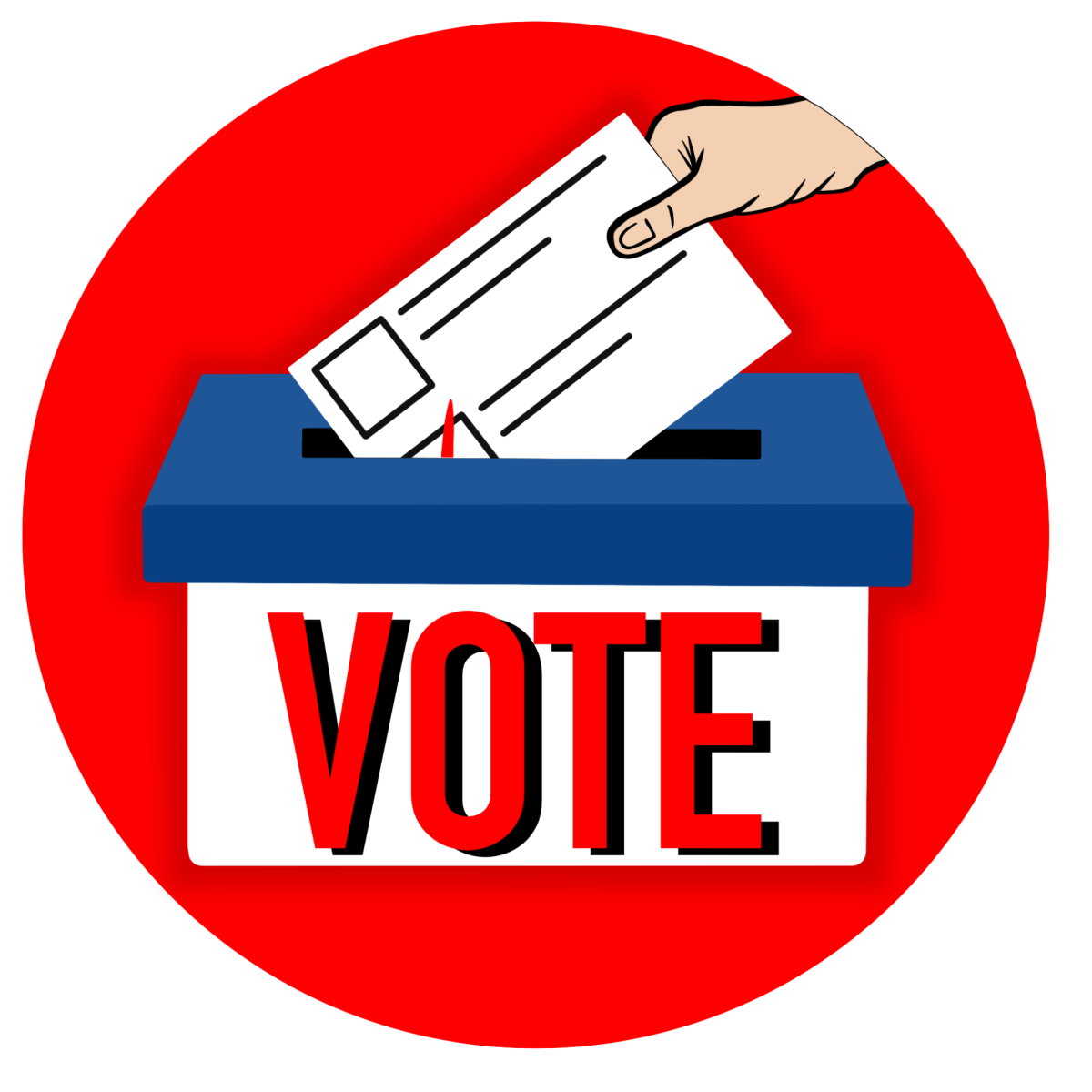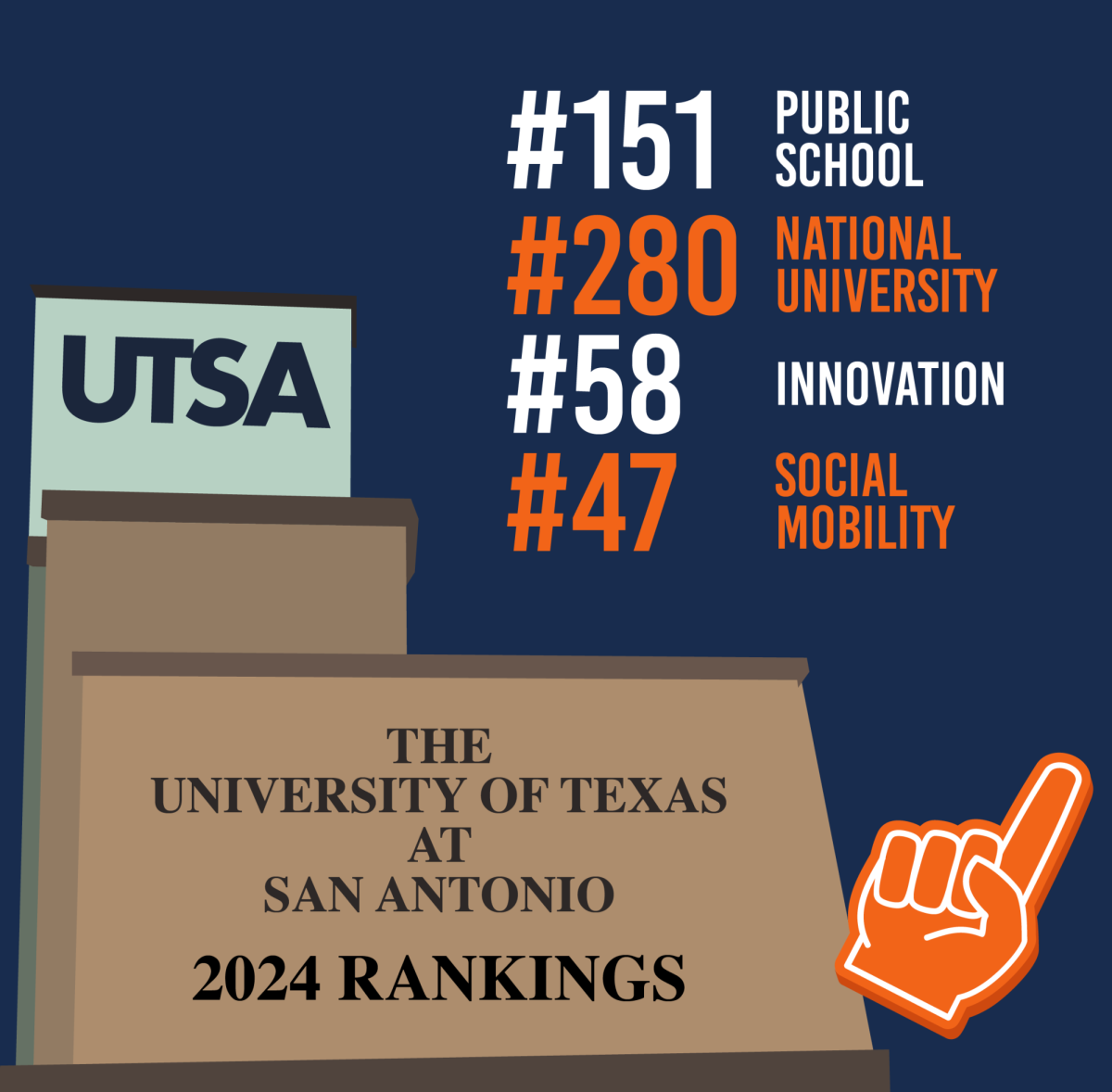On Monday, Jan. 4, President Barack Obama released a memorandum to promote “smart-gun” technology. In the memorandum, President Obama appointed the Department of Defense, the Department of Justice, and the Department of Homeland Security to “conduct or sponsor research into gun safety technology that would reduce the frequency of accidental discharge or unauthorized use, and improve the tracing of lost or stolen guns.”
During his Jan. 5 speech, President Obama was moved to tears as he spoke of Newtown, CT. One major concern to President Obama, and to the proponents of gun control, is the necessity of technological advances in gun safety. President Obama asked, “If we can set it up so you can’t unlock your phone unless you’ve got the right fingerprint, why can’t we do the same thing for our guns?”
In his final State of the Union address, President Obama addressed the nation’s future in economics, innovation, leadership and politics. While little was said about gun control, President Obama urged congress to act on gun violence.
Although smart guns are not yet commercially available in the United States, the idea of creating firearms that can only be fired by authorized users has been toyed with for years. Common designs of smart gun technology include fingerprint technology, similar to the technology used to unlock your smartphone, and the use of close-proximity radio-frequency identification – a radio-frequency bracelet that will only allow a firearm to discharge if it is within a specific distance from the bracelet.
In response to the smart gun proposal, UTSA Associate Professor Dr. Branco Ponomariov (Ph.D., Public Policy, Georgia Institute of Technology) divulged his doubts about the technological advancement of gun safety, stating that “these are common sense safety measures,” referring to the use of fingerprint technology and close-proximity radio-controlled identification to prevent theft or accidental discharge.
Dr. Ponomariov also noted that there are even gun control groups that do not support Obama’s stance on smart guns because it gives the impression that gun-safety technology seems safer than it actually is; According to Dr. P “smart guns are not the answer to gun control, and they will not necessarily prevent the unauthorized use of guns.”
The Secretary of Defense, Attorney General, and the Secretary of Homeland Security will have a report that outlines the research and development designed to expedite the real-world deployment of gun safety technology no later than 90 days after President Obama’s memorandum was released.






